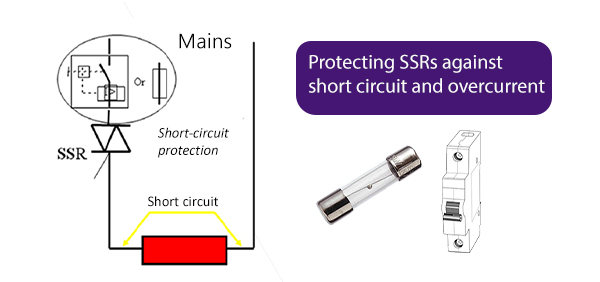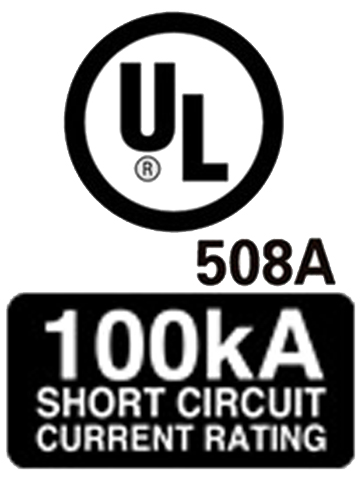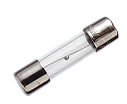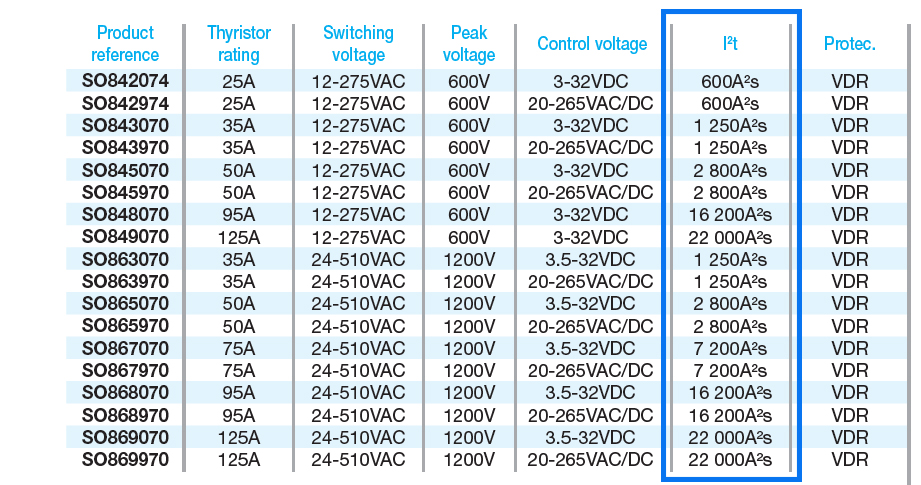Blog - TECHNICAL TIPS & TRICKS - Solid State Relays - Protecting SSRs against short circuit and overload-current

According to the European Low Voltage Directive 2014/35/EU (Annex I, article 3, point c), you need to protect your equipment against hazards which may be caused by external influences on the electrical equipment.
“Technical measures shall be laid down in accordance with point 1 ( especially point (c) the electrical equipment shall be so designed and manufactured as to ensure that protection against the hazards set out in points 2 and 3 is assured, providing that the equipment is used in applications for which it was made and is adequately maintained.), in order to ensure that the electrical equipment does not endanger persons, domestic animals and property in foreseeable conditions of overload.”

In USA you need the short-circuit current level printed on the machine, that’s the reason why our Solid State Relays need a certain level of short-circuit current rating. This Level depends on the coordination.
A perfect protection of a solid state relay from a short circuit or overcurrent requires good technical knowledges. This article helps you better understand short-circuit protections and gives you the key information to know.
There are two ways for current protection :
First, let’s start with a reminder about what IEC standard says in terms of coordination levels :
For safe-use of our products, we need to give to our customers the information about the type of coordination and the coordination of short-circuit for the product.
The short-circuit coordination is the combination of a relay and a short-circuit protection:
The combination is tested & approved in celduc’s laboratoty, to be sure that in case of short-circuit you have no issue. The use of a Short-Circuit Protective Device not in compliance with the manufacturer’s recommendations can invalidate the coordination level.
IEC publication IEC60947-4-3 (2020) makes a distinction between two different types of protection, (called “coordination”), which are designated types “1” and “2”.
On celduc’s data-sheets you will find rated conditional short-circuit current and type of coordination of the semiconductor controller, current rating and characteristics of the associated Short-Circuit Protective Device.

The prospective short-circuit is given in the technical documentation of the fuse.
 100kA UL SCCR for U.S. Market
100kA UL SCCR for U.S. MarketIn the UL508A standard, the estimated short circuit current rating is known as the SCCR : Short Circuit Current Rating. In 2015, our Solid State Relays successfully attained 100kA UL SCCR certification.
The applicable short circuit current ratings as well as the Fuse Type are mentionned on the UL508A certificate. This is Type 1 coordination.
(100kA short circuit current rating is valid when used in combination with specified fuse)
Here are now more information about general method of determining adequate fusing for solid state relays.
 Protection with ultra-fast fuses
Protection with ultra-fast fusesStandard fuses can’t react quickly enough to prevent the fault current from exceeding the maximum levels that the thyristors can withstand. This is the reason why we recommend the use of ultra-fast fuses.
In our data-sheets and selection guide catalogue we specify the I²t value (amperes squared seconds) which is the maximum current vs. time that the thyristors can handle.

Basically, and for Type 2 Coordination level, the “I²t” rating of the fuse selected must be below the I²t rating of the selected solid state relay.
To have a correct margin with type 2 coordination, celduc relais recommend the following rule :
I²t fuse < ½ I²t typ of the SSR
The fuse must be located in front of SSR. Indeed, if for an undetermined reason the relay must break the earth insulation (overheating, case break, leakage with the heatsink, …), the fuse must protect all the circuit from firing.
 Protection with a MCB (Miniature Circuit Breaker)
Protection with a MCB (Miniature Circuit Breaker)You often ask us the question if you can use a MCB in place of a fuse to protect both the circuit and the SSR?” (Type “2” coordination). The answer is « YES» but you should consider the I²t parameters of the SSR, the available total short circuit current in the system, and of course to select a circuit breaker that carries an I²t rating sufficiently below that of the SSR.
A MCB is a slow short circuit protection and therefore the short circuit coordination between the MCB and the SSR is tricky.
celduc’s R&D department is here to help you define the suitable combination of solid-state-relay and short-circuit protection.
Using another short-circuit protection than the one we mention on our data-sheet is of your entire responsability.
During a short circuit, you can have some damages on the installation.
First check where the short circuit has been done.
After the repair and wirings verification, we advise to test the Solid State Relay.
Even with a correct protection, the number of short-circuit for a power semi-conductor is limited.
Some short circuits can limit the life-time of the components, so generally the number of possible short-circuit in the life of a power semi-conductor is maximum 10 times.
Having the right over-current protection is essential. Thyristors, which are the power elements of Solid State relays, have very short thermal time constants. Consequently, extreme current levels and surges caused by load or line faults, even if only applied over extremely short time periods, may cause the thyristor devices to permanently fail.
celduc, as Solid State Relays manufacturer, as well as Fuses or MCB suppliers, can both give you advises. Don’t hesitate to ask us.
This is important to have in mind that the coordination level and the short-circuits tests should be performed by the panel builder.
More information needed ? contact our technical experts